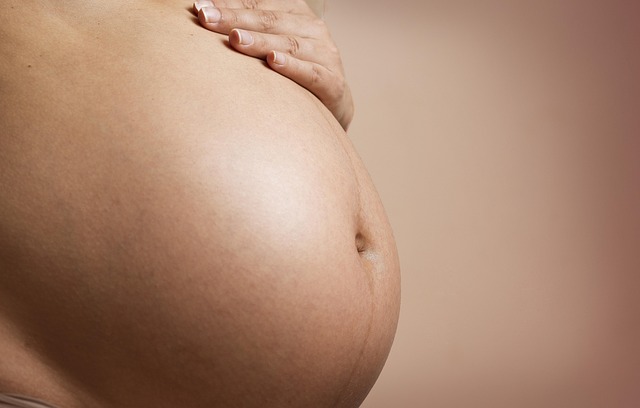This article is part two of our twin series. Be sure to check out part one, “Seeing Double: How the Rise of Twins Affects Pregnancy and Birth.”
The surprise of having twins is something most expectant parents aren’t quite ready for. Personally, while managing the challenges of carrying two babies and navigating the physical demands that come with it, the question of whether to separate them for school was far from my mind. However, as my twins prepare to embark on their preschool journey this fall, this topic has moved to the forefront of my thoughts.
Like many, you may have grown up knowing a set of twins—perhaps just one set or at least familiar with twin-themed stories. In recent years, however, the landscape has changed dramatically. The incidence of twin births has surged by 76 percent since 1980, with approximately 33 out of every 1,000 births now resulting in twins. This increase means that classrooms are increasingly filled with multiples. According to Lynn M. Gordon, an elementary education professor at California State University–Northridge, one in every 30 children is now a twin, which translates to at least one set of twins in classrooms of 25 to 30 students.
In my own experience, my fraternal twins have attended pre-preschool sessions where they frequently encountered other sets of twins. As they prepare for preschool this September, they will join at least five other sets of twins in their school.
Educators across various levels have noticed this trend. Kimberly Mettler, a twin mother and a public school teacher in New York City, observed that while her Chicago classroom had only one set of twins over seven years, her current school in Brooklyn sees one or two sets every year. This could be attributed to the larger student population in Brooklyn, highlighting the growing presence of twins in schools.
Typically, twins remain together during nursery and preschool. Paula Heitman, director of a nonprofit play space for young children, shared that her facility had eight sets of twins last year. Teachers are informed ahead of class assignments, ensuring they are prepared to accommodate multiple sets of twins. Eileen Shannon, a preschool director in Brooklyn, notes a significant increase in twins enrolling at her school over the past decade. Teachers strive to recognize each twin as an individual while also respecting their unique bond. Strategies include monitoring their interactions to encourage personal development.
However, the transition to kindergarten often brings a blanket policy of separation, with only a few states allowing parental choice. In the U.S., it is far more common to separate twins, with 80 to 84 percent placed in different classes, compared to countries like the UK and Australia, where separation rates are significantly lower. Gordon’s research highlights a disconnect; principals often favor separation, while a majority of parents and teachers do not necessarily agree.
Many school decision-makers may not be aware of the existing research regarding twin placements and instead rely on personal beliefs that suggest twins will thrive better when separated. However, experts argue that such assumptions are misguided. Eve-Marie Arce, author of Twins and Supertwins: A Handbook for Early Childhood Professionals, emphasizes the importance of understanding individual children’s needs rather than making arbitrary separation decisions.
So, is it advantageous to keep twins together or separate them? Research suggests that separation may not yield cognitive benefits, and in fact, it could be emotionally detrimental, especially for closely bonded twins. Studies show that twins who attend the same class tend to adjust better socially and are often more popular than those separated. However, there are valid reasons for separation, such as when twins behave disruptively together or exhibit different academic strengths.
Education experts like Arce and Gordon advocate for parental involvement in these decisions, emphasizing the need for policies that reflect family preferences and twin personalities. As a parent, I recognize that I am most attuned to my children’s needs, and I believe it is essential for my family to determine the best path forward, rather than deferring to school policy.
In conclusion, the choice of whether to separate twins as they begin their educational journey is a complex one. Parents should be empowered to make informed decisions based on their children’s unique characteristics and needs.
For those interested in exploring other family planning options, consider visiting Make a Mom for insights on home insemination kits. Also, if you want to learn more about intrauterine insemination, Healthline provides excellent resources on the subject.
Keyphrase: Should I Separate My Twins
Tags: [“home insemination kit” “home insemination syringe” “self insemination”]
